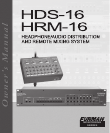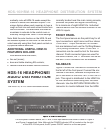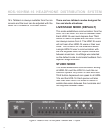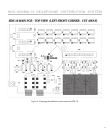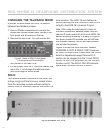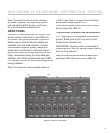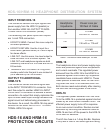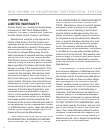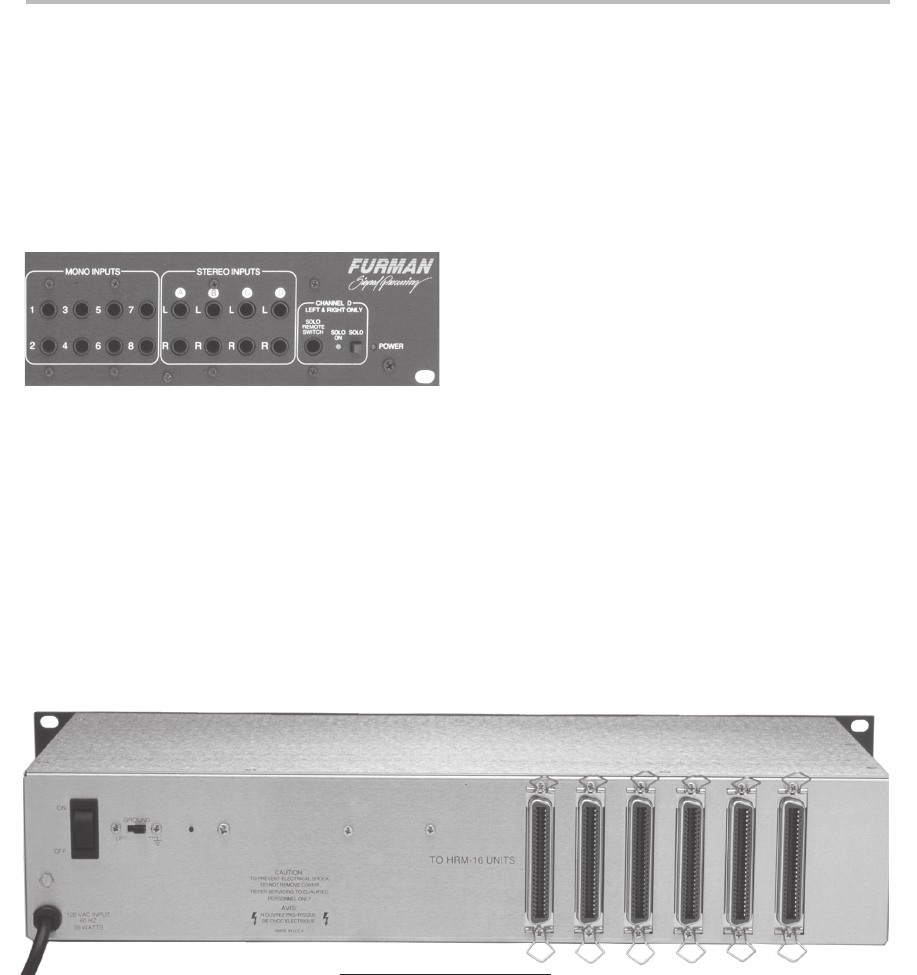
HDS-16/HRM-16 HEADPHONE DISTRIBUTION SYSTEM
CHANGING THE TALKBACK MODE
A jumper located inside the HDS-16 selects
between two talkback modes.
1. Use a a Phillips screwdriver to unscrew the
middle two screws located near the top of the
front panel and all screws on the top.
2. Remove the top cover. You will see the left-
front corner of the main PCB.
3. Lift the jumper from the J-2 two-pin header and
move it to J-1 to change the talkback mode
from Live/Stage to Studio mode.
SOLO
This feature allows musicians at the HRM-16s
to hear rough and fi nal mixes or soloed tracks
from the recording console without exiting to
control room or manually altering the HRM-16’s
level controls. The HDS-16 solo feature re-
quires patching the mix console’s main or mix
output to the HDS-16’s channel D input.
Note: After using the solo feature to listen to
the main console mix between takes, turn the
channel D level control off (to 0) on all HRM-16s
before resuming recording. It is easy to forget to
turn down channel D because you will still hear
the intended channel mix but the main console
mix will also be present.
Figure 4 shows the solo interface, labeled
CHANNEL D LEFT & RIGHT ONLY because
all HRM-16 outputs are muted when the SOLO
button is depressed except Channel D. A
switch can be plugged into the ¼-inch SOLO
REMOTE SWITCH connector to turn the solo
function on/off. The SOLO ON LED indicator
lights when the solo function is active.
Figure 5: HDS-16 rear panel
Figure 5: HDS-16 rear panel
Figure 4: Detail of HDS-16 front panel:
¼-inch inputs and Solo interface
5



